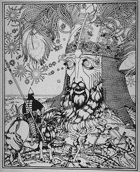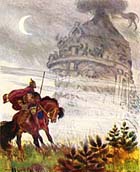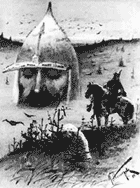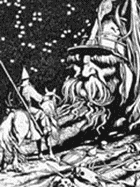Granite Head.
Saint-Petersburg, Petrodvorets, "Sergievka" barton
Sergievka monuments are unique items of heritage
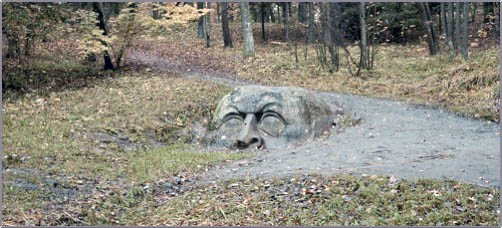
"Sergievka" barton park in Old Peterhof takes the specific and unique place among world-known parks of Saint-Petersburg and its suburbs. Nowadays "Sergievka" park has a status of complex natural monument and a monument of world heritage. The territory with square more than 100 ha is an old-world garden, formed at the beginning of XIX century at the place of natural forestry by the slope of two sea cliffs of Gulf of Finland. The numerous artificially impounded bodies with dams and two linns, which cut the park from north to south, by bottom of which the streams, camerated by numerous small dams and picturesque bridges, rush to the gulf, give the special beauty to the park. Park was created on the base of maximum utility of natural terrain features and phytome of the southern coast of Gulf of Finland.
Up to now the barton park has its value as one of the most outstanding suburbs gardens of Saint-Petersburg and as a brilliant example of Russian garden-park art of XVIII-XIX centuries. P. I. Erler, an outstanding garden master, known for his wonderful creations in parks of Peterhof, and architect A. I. Shtakenshneider were involved for the landscape design and park works.
The park paths remember young A. S. Pushkin. Historiographers, specializing in Pushkin’s life, specify that on July 3, 1818 he was in a gloomy ravine near the stony head with his friend N. Raevsky (junior), great grandson of M. V. Lomonosov. According to art historians, perhaps, just at that spot one of the fragments of genius plan of “Ruslan and Lyudmila” poem, which Pushkin finished in two years, was born in his imagination. To the present time this beautiful legend is often mentioned by the visitors of "Sergievka" park near the granite “sleeping” human head, created by unknown sculptor by order of Pavel I (upon the project of architect F. Brower) in 1799. It is possible to find an assumption, that there was a big stony knight helmet on the head, in guidebooks over the suburbs of Peterhof. Perhaps, Pushkin’s Ruslan fought with this stony head.
To the present time this beautiful legend is often mentioned by the visitors of "Sergievka" park near the granite “sleeping” human head, created by unknown sculptor by order of Pavel I (upon the project of architect F. Brower) in 1799. It is possible to find an assumption, that there was a big stony knight helmet on the head, in guidebooks over the suburbs of Peterhof. Perhaps, Pushkin’s Ruslan fought with this stony head.
"Sergievka" barton with its palace of Herzog of Leuchtenberg, numerous small historical constructions, unique “sleeping” head, park, ponds is a unique and exclusive ensemble and is worthy of the further deep historical and artistic studying and successive restoration.
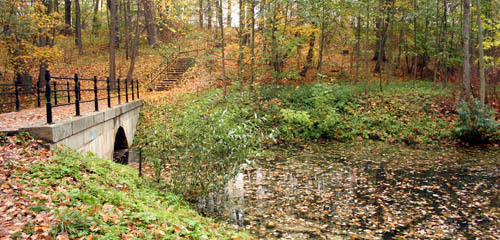
Granite Head
Simple and non-noticeable granite monument, ingrown in bent. Where is it from? What does it symbolize? Who had created it, by whose order? There are a lot of questions and precious few facts.
By some accounts this head was created by order of emperor Pavel I by architect F. Brower in 1799. That is all what we know about this statue. The main is unknown – its meaning and purpose. What made the emperor to create this symbol?
In summer of 1818, exactly on July 3, A. Puskin was wandering by the slopes of this ravine with his friend N. Raevsky-junior. And, of course, this lonely granitic head. We don’t know how the plan of his poem “Ruslan and Lyudmila” was created – under the impression of this head or on other grounds. But figure of head, not granitic, but alive, head of a knight, which defends steel-sword, appears in one of the central episodes of the poem.
There are a lot of meanings in this figure. Who did this head belong to? It belonged to the knight, brother of evil magician, dwarf Chernomor. Malicious and cunning dwarf killed a strong and naive knight for the possession of the symbolic sword, symbol of authority. The contemporaries understood it as an allusion for the tacit agreement of Alexander I for his father’s, emperor Pavel I, murder. These are only assumptions and legends. However the image of the lonely head, its straight fight with knight Ruslan excited many generations of artists. This monument is undoubtedly valuable for us, because it was Pushkin’s source of inspiration.


